Not a 'risk assessment', but a 'truth assessment'
The manipulations and obfuscations of the data have made decision making nearly impossible
We make risk assessments all day every day.
Just consider making a left turn across traffic. Think of all the variables you have to deal with and questions you have to answer:
How fast is that car coming at me? Are the roads dry or icy? Do I have eggs in the back I don’t want to knock over? How well does my car accelerate? How likely am I to stall this thing because I rarely drive a manual transmission? Am I in a hurry?
And on and on and on.
And that is just to make one left turn.
We make risk assessments all the time with our health, too.
Do I trust this doctor? Did they go to a good school? Graduate last in their class?
Asking for a second opinion is a clear demonstration of risk assessment: you want to be sure you have cancer (or that type of cancer) before you undergo surgery or chemotherapy.
Getting a second opinion does not mean you are anti-surgery.
Some women choose to postpone chemotherapy until after giving birth - and while some might question that decision - they made an informed choice and applied their own ethics and priorities.
Because of their failure to provide clear, transparent, honest data about both the vaccine and COVID itself, the CDC and FDA have prevented anyone from making an informed risk assessment.
I think they have done this obfuscation on purpose.
At the end of the day, what they want is to say “Trust us” and a confused and scared populace will have no choice but to do exactly as they demand.
When they describe how well the vaccine mandates worked, it is never ‘fewer cases’ or ‘better public health’ - instead it is simply ‘more people got vaccinated’.
They make grand generalized statements like ‘pandemic of the unvaccinated’ but do not provide even the most rudimentary of data.
In particular, there are two pieces of information that people would need to make a proper risk assessment about COVID and vaccinations:
1 - What are the risks and rewards of the vaccine?
In terms of risks, what are the adverse events, how common are they, how serious are they? Are they more common/serious than the consequences of the disease itself? How do those risks change with age and gender?
In terms of benefits, how well does this vaccine protect me from serious disease or death? How well does it protect others (i.e., prevent infection/spread)? Do those benefits change over time? How much do they change and when? Will I need additional doses? How many? How often? Are other medicines available? How well do those work? What are their risks? Etc.
Virtually every one of the above questions has a poor, incomplete, or misleading answer. The clinical trials were purposefully cut short - and so we may never get answers to some of these! In addition, it is impossible to know any long term consequence because these mRNA shots have only existed for just over a year.
Instead of realizing these limitations and, at the very least, providing all the data they could, Pfizer, the FDA, and the CDC have simply shouted louder and louder “Trust us!”. (And Pfizer wants to take 55 years before it releases the data… nothing suspicious there.)
It as if all of the medical risk and rewards of the mRNA shots can be summarized in the Facebook warning:
“You don’t need to know any more, really. “Just try it, you’ll like it.” “Trust me.”
The second piece of information is:
2 - What are the actual risks of catching COVID and then getting really sick or dying from it?
This bit we know. And have known almost from the very beginning.
It simply is not talked about. [In fact, I was personally reprimanded at work for asking young people if they knew their real risk. It was preferred that they remain frightened in their ignorance (and more likely to get the vaccine) than to know the truth.]
We know that the risk of dying with COVID is primarily dependent on your age (yes, secondarily obesity and diabetes and some other risk factors… but primarily age).
The older you are, the more danger the disease poses to you.
And being older poses not just a little bit more danger… a lot more.
At least 80% of all the deaths with COVID are in those 55 or older.
Over half in those 75+.
Such a small number of the deaths are in those under 18 that it rounds to zero (~0.005%).
This has always been a disease almost exclusively of the old and frail.
But instead of making that clear, we have been told that we must all be equally afraid and must all take equal precautions.
This propaganda worked wonderfully - most people under 60 overestimate their risks from COVID by at least 10 times… the youngest think that they are in 10,000x more danger than reality. [In my survey at work, the twenty-somethings I asked overestimated their risk by an average of 995x!]
“Be afraid!” - as a public message - works. Sadly.
As one example of real risk from COVID, here is a comparison of the chance of dying from causes other than c19 for young people.
For example, a kid between 5-14 is over ten times more likely to die in a car accident than of COVID.
They are 5x more likely to be murdered. (A more realistic risk assessment would say: get them a bulletproof vest, not an mRNA shot.)
The numbers are astonishing, particularly when you realize what we have taken away from these kids in the name of ‘COVID safety’ (in-person classes, sports, proms, etc). We would never dream of doing something similar for teen suicides or drug abuse or murders.
Imagine saying to your teenagers “Sorry kids, your senior year is cancelled… two kids five states away died of a drug overdose.”
We have allowed our leaders (and ourselves) to ruin the lives and learning of millions of kids with a delusional, over-exaggerated view of their risks.
These leaders are the people who won’t take that left turn.
Ever.
Not when there is a green turn arrow.
Not when they are the only car on the road.
Not ever.
It is just too risky!
(and think about the eggs!!!)
Their kids have internet and laptops - and college educated parents to help explain everything. Their private school stays open. They can ‘reduce risk’ by ordering food delivery (never considering that they have purposefully put the delivery person at increased risk). They can do their job from their kitchen table - so making everyone work from home is no problem.
One could claim that they are making an extremely poor risk assessment - that they are overestimating the danger they are in.
However, without real answers to my questions above, it is possible (however unlikely) that they are the ones making the prudent choice.
We have two extremes: the person who goes to a full indoor stadium with 20,000 other yelling and cheering maskless fans and, on the other side, the person who hides at home wearing three masks while wiping down their soup cans with bleach.
Are we truly in a situation where there is real doubt about which is making the worse decision?
Just look at the headlines in these two tweets:



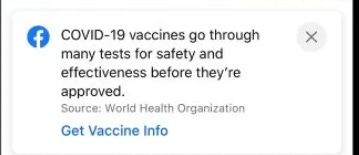
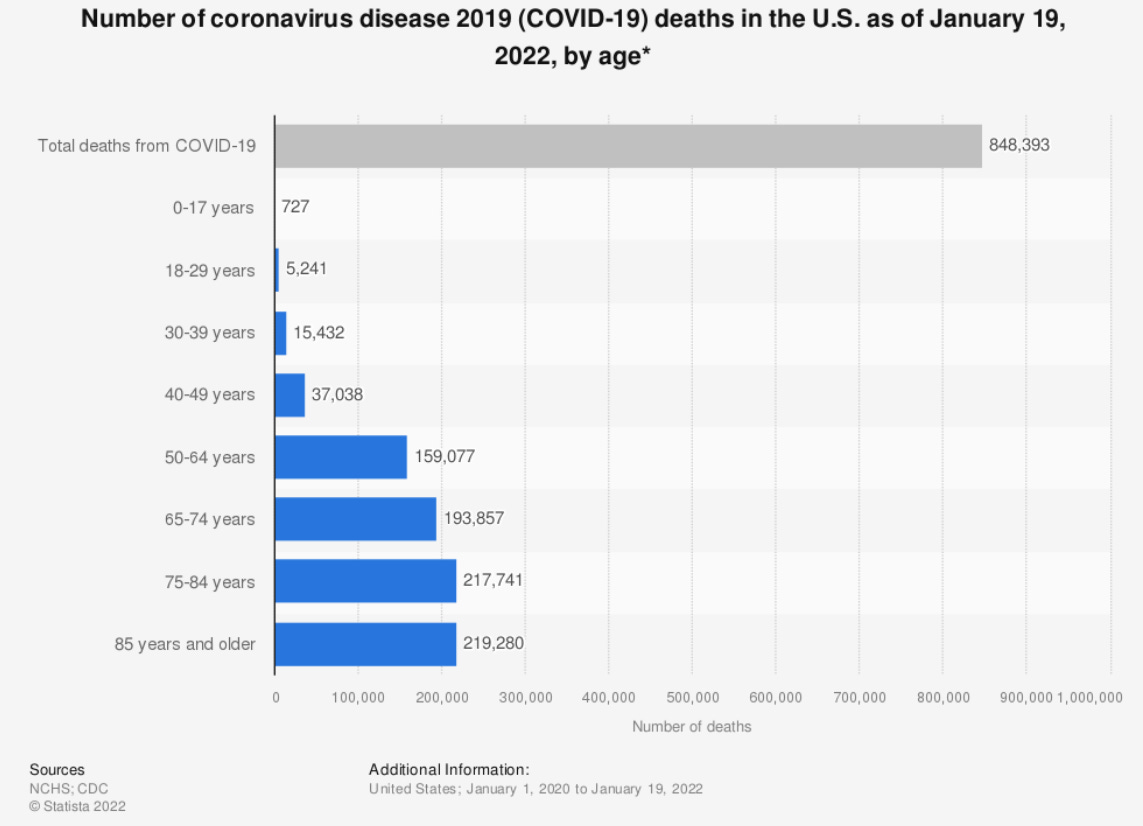
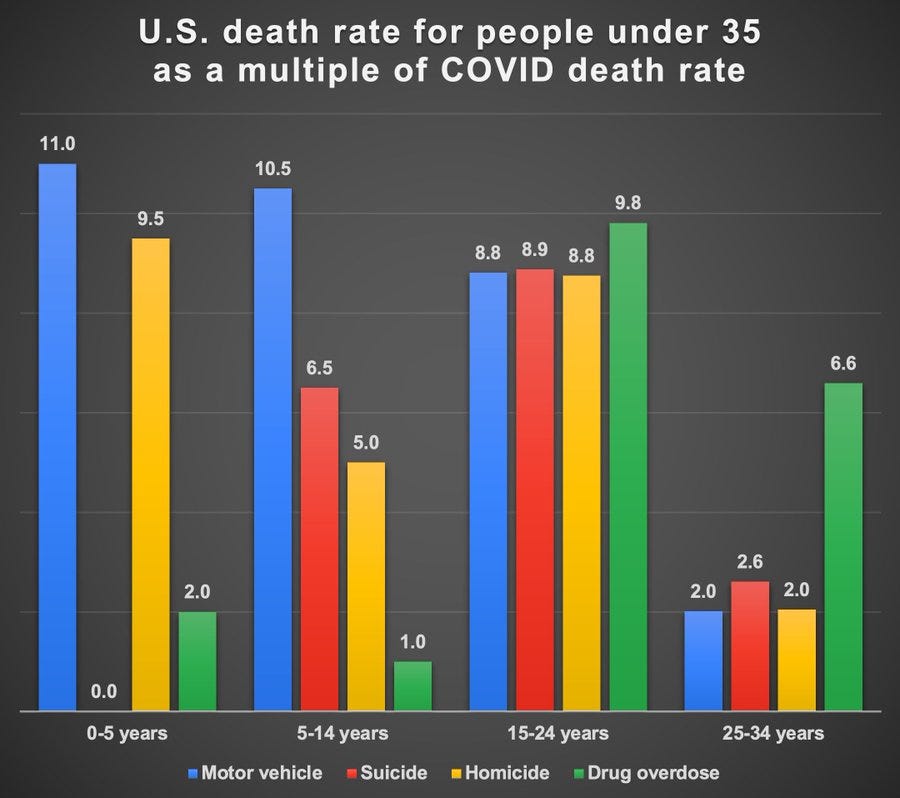
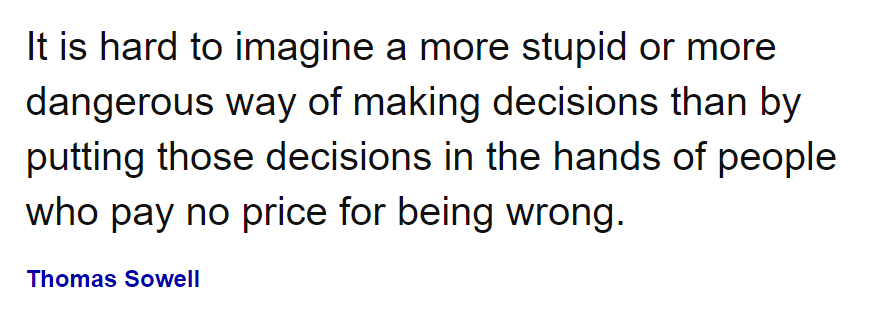
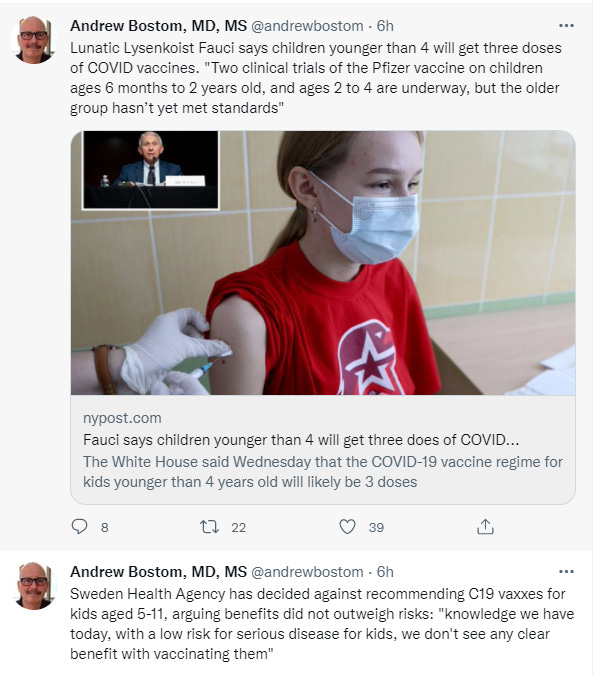
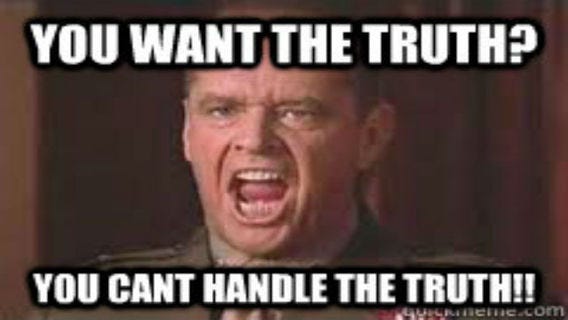
So my healthy athletic daughter got sent home 5 days for contact tracing. Had to miss track meet. Roommate is v so she gets to stay and run. It’s all madding!!! They both could get it but both would be fine.